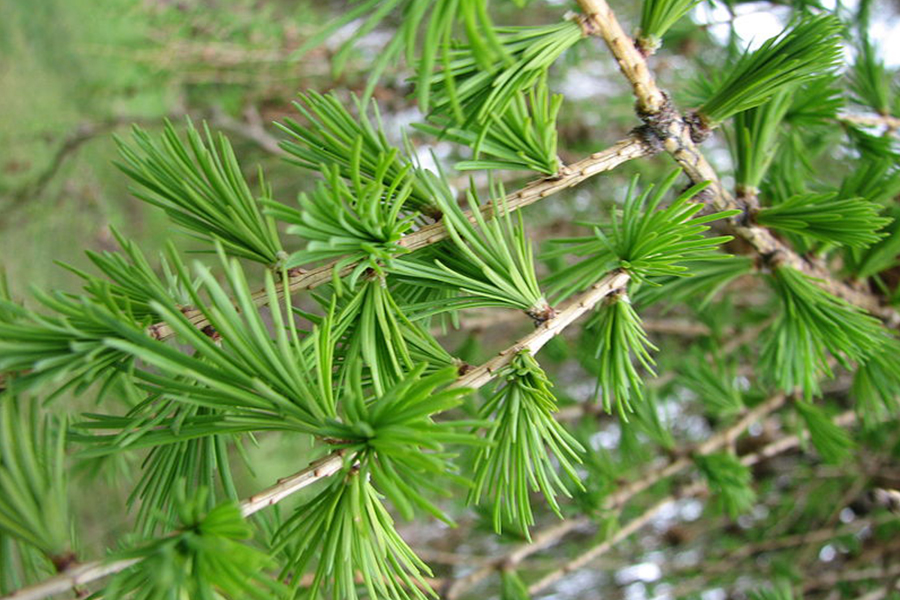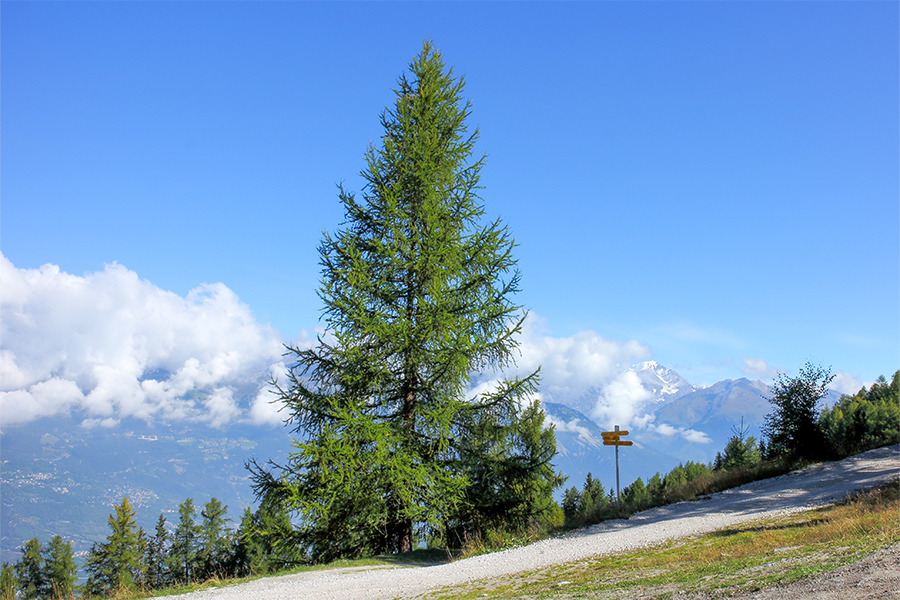Larix decidua
The needles of the European larch turn golden yellow in the fall. Due to its attractive colors and rapid growth, the species is often used for reforestation projects.
Location
Today, we still have around twenty in the Arboretum. They’re particularly prominent as you walk along Larch Lane trail. See if you can spot them!


History at Hadwen
There are no records suggesting that Hadwen planted any larch trees himself. However, the larch is known to be a quick-growing tree, and by 1971 a study recorded over 20 European Larch trees in the arboretum.
Keep Learning
Detailed Species Information
European larch is a species of larch in the family Pinaceae native to mountainous regions of central Europe. This large deciduous coniferous tree typically reaches 82 to 147 feet (25–45 meters) and 3 feet (1 meter) in diameter. This species typically lives about 200 years, but some have reportedly lived up to 1,000 years. Though this extremely cold-tolerant species can withstand temperatures as cold as -58°F (-50°C), European larch is unable to grow in waterlogged soils or lowlight conditions. The tree is characterized by light green, needlelike leaves which turn bright yellow before falling in the autumn. The seeds of the European larch are contained in cones that change from red and green when emerging to brown when mature. The seeds and needles of European larch are an important food source for a variety of species including birds and insects. Notably, European larch needles are the only food source for the caterpillar of the case-bearer moth (Coleophora sibiricella).
Although native to Europe, this species is widely cultivated in the United States and Canada. European larch is often used for reforestation in abandoned farmland, surface mines, and other disturbed areas due to its rapid juvenile growth and ability to “pioneer” areas with little to no canopy. The wood of this species is both durable and flexible making it valued for boat building as well as for fencing. European larch is also often used for landscaping as an ornamental tree and is even a popular bonsai species.
